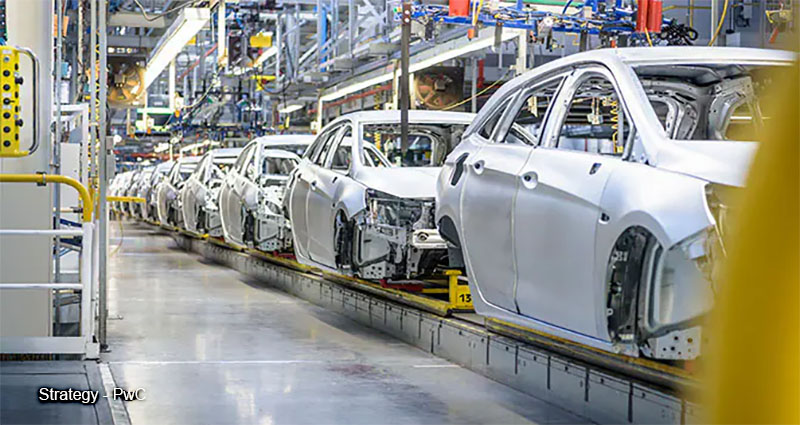The global automotive industry is driven by a number of factors. Increasing demand for fuel-efficient cars and passenger cars, along with government support, are all contributing to the growth of this industry. This is a burgeoning market, with Asia Pacific accounting for the largest share of total sales. The region is also undergoing rapid technological advancement, with engine technology progressing at a fast pace. Government incentives and increased investments are also driving the market in Asia Pacific countries.
Car Sales in India and Brazil Are Expected to Surpass Combined Volumes of Western Europe And Japan by 2020
The cyclical recovery in global auto sales started in mid-2009, and gains have moderated this year to five per cent from 12 per cent in 2010. Purchases in the United States will hit 13.4 million units this year, the highest level since 2007. Western Europe remains the weak link, with declining sales in debt-ridden Mediterranean nations. If the debt crisis is not sorted out, the weakness could spread further across the region.
By 2020, car sales in India and Brazil are expected to surpass those in Western Europe and Japan combined. By 2030, these markets will account for nearly half of the global car market. The automotive industry in India is rapidly developing, with growth accelerating as the economy improves. The country is a key export market for Japanese companies.
While the global auto market is showing a recovery from the crisis, the growth of electric vehicles remains stagnant. The electric car market in Europe fell below long- term trends in 2019 and 2020, but is expected to recover in 2021.
Although conventional car sales decreased in India and Brazil, the growth of electric vehicles has been impressive. By 2021, the car market will reach more than three million vehicles. However, the growth of electric vehicles is likely to slow down as manufacturers battle supply chain bottlenecks and the cost of bulk materials.
Electrification Will Require Suppliers to Keep A Geographic Presence Near the Final Assembly
Electrification is a significant technological transition for automotive manufacturers, and a significant part of the process will involve keeping a geographic presence near the final assembly line. While a shift in electricity resources is relatively straightforward, the shift to carbon-free manufacturing requires significant investment. However, the predictable demand for green materials will help manufacturers overcome this obstacle.
Globally, the number of people without electricity has dropped from 1.2 billion in 2010 to 759 million in 2019. During this same period, electrification through decentralized renewable-based solutions gained momentum. The number of people connected to mini-grids doubled, from five million to 11 million. Despite this
progress, current policies could leave 660 million people without access to electricity in 2030.
The next logical step for passenger cars, commercial vehicles, and heavy-duty trucks is electrification. Although the transportation industry is notoriously slow to adapt, recent changes in battery performance and materials costs have made this transition a reality. Although there are a number of factors that contribute to this shift, one of the most important is policy support.
Government is a Major Driver of The Global Automotive Industry
The automotive industry has undergone a transformation, and many factors are contributing to that change. Several players in the industry are committed to improving their sustainability credentials, including retraining employees, implementing greener manufacturing processes, and making vehicles more environmentally friendly. While the industry has a long way to go, it has already made significant strides.
Governments are playing an increasingly important role in the global automotive industry. New rules and regulations are pushing the industry to develop more environmentally friendly products. The European Commission, for example, has proposed a 55% cut in CO2 emissions by 2030, and a 100% cut by 2035. The European Commission has also proposed a range of government incentives to promote the use of electric vehicles.
The automotive industry contributes a significant amount of tax revenue to governments. This includes usage-related levies, personal income taxes, business taxes, and import duties. It also contributes to the economy’s trade balance and current-account performance. In developed countries, automotive exports account for a larger percentage of total exports than in developing countries. In India and Brazil, for example, the automotive sector accounts for about five percent of a country’s total imports.
Governments are also driving innovation in the automotive industry. New technology has advanced the production processes and made it easier for manufacturers to make innovative products. Governments are also regulating the industry to help make it more environmentally friendly. Increasingly, automakers are also working with oil and gas companies to develop alternative fuels and vehicle charging stations. In addition, consumers’ expectations are changing. More environmentally aware consumers are demanding more technology and intuitive vehicle features.










